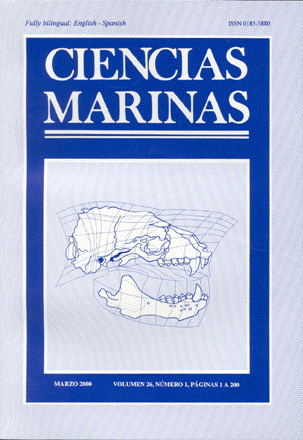Advances in marine ecotoxicology: laboratory tests versus field assessment data on sediment quality studies
Main Article Content
Abstract
Ecotoxicology is concerned with describing and predicting the behaviour of substances in the environment and the response of biological systems, and ultimately with assessing the risks associated with emissions. These assessments are complicated from a basic-science point of view and they should be carried out by using integrative assessments. Contaminated sediments are a significant regulatory issue with important science implications. Determining the impact of contaminated sediments is a key element in environmental risk assessment and management of water resources. Tests for ecotoxicology assessment in sediments may be conducted either in the laboratory or field. Both approaches have advantages and disadvantages. Data from different studies performed in laboratory conditions and in field assessments are compared here. The principal advantages of sediment toxicity tests in the laboratory are the possibility to standardize methodologies and to provide direct evidence of sediments as causative agents of toxicity; however, the results are difficult to extrapolate to the field. The results obtained here show the importance of the end point selected in each test and the variability of the responses. Therefore, the results highlight the necessity and importance of the battery-of-tests approach for toxicity assessment. On the other hand, field sediment toxicity has the advantage of empirical evidence and strong correlative indication of the contaminants responsible for toxicity; however, the results obtained from these tests are highly affected by casualty, so it is not possible to isolate a single causative factor. When structural macrofaunal parameters are incorporated into field tests, the results are even more difficult to interpret, because their parameters can be mainly related to organic enrichment or another kind of natural stress, such as salinity gradient, tidal stress conditions, etc.
Downloads
Article Details
This is an open access article distributed under a Creative Commons Attribution 4.0 License, which allows you to share and adapt the work, as long as you give appropriate credit to the original author(s) and the source, provide a link to the Creative Commons license, and indicate if changes were made. Figures, tables and other elements in the article are included in the article’s CC BY 4.0 license, unless otherwise indicated. The journal title is protected by copyrights and not subject to this license. Full license deed can be viewed here.

